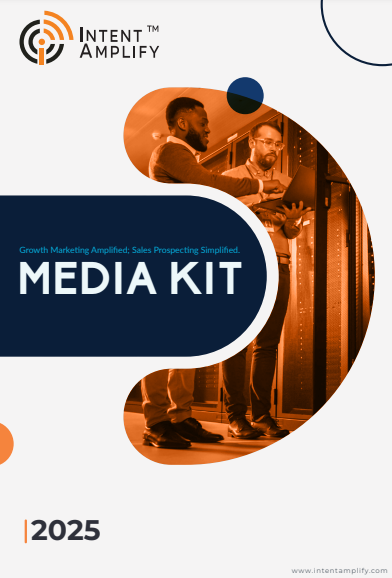
Solving the Content Gap: What Tech Marketers Overlook When Targeting C-Level Executives
- Last updated on: October 8, 2025
In the highly competitive technology arena, C-level executive outreach is the top priority of any marketing strategy. However, numerous results are not what you would expect, even after a massive expenditure of resources. One of the main reasons is that tech marketers are overlooking what the executives are thinking, and thus, a whole new content gap arises. Targeting C-Level Executives is not just about doing some common campaigns or sending out your typical product-related messages. Knowing their priorities, what would trigger the purchase, and their preferred content is what it takes. Marketers who are not aligned with this strategy can suffer low levels of engagement. A budget that is not used efficiently and does not influence those accounts that are of the highest value.
Common Mistakes Tech Marketers Make
1. Overemphasis on Product Features
When targeting C-Level Executives, most tech marketers still revert to messaging about features. They think the executives are blown away by technical complexity. More speed, improved integrations, or automated AI-driven capabilities. These leaders don’t purchase features, though; they purchase business results.
CXOs want to know how a solution impacts their strategic goals. Whether it improves margins, strengthens resilience, or reduces time-to-market. When your content does not explicitly show the connection between tech capabilities and business metrics at the executive level, you are likely to lose their attention very fast. One crucial point is to turn the features into actual results that are relevant to the business leaders. C-level executives should be exposed to the story of how technology can bring business benefits, not a description of the technology itself.
2. Generic, One-Size-Fits-All Messaging
Another big mistake in targeting C-Level Executives is using generic, one-size-fits-all messaging. A CISO at a large global corporation and a CTO at a fast-growing SaaS firm don’t have the same agendas. But marketers tend to force the same campaigns on both, hoping something will stick.
Executives are relevance hypersensitives. They demand content that resonates in their industry environment, company size, and strategic issues. Messaging that is not personalized sounds tone-deaf and transactional. Marketers who succeed at targeting C-Level Executives develop segmentation models based on decision-maker personas, correlating language, tone, and value propositions to particular leadership positions. Accuracy and sensitivity supplant broad strokes and noise.
3. Disregarding Executive Content Preferences
So the C-level executives read content differently from mid-level managers. They will opt for rich data insights and brief narratives over lengthy reports or superficial idea pieces. When communicating with C-level executives, attention span is your greatest challenge.
These audiences prefer clarity over quantity. They need actionable insights, a strong “why it matters” that connects technology trends to strategic business effects. A one-page executive brief or benchmark report authored with confidence can beat a 20-page whitepaper loaded with buzzwords. The key is format and framing. To marketers, this translates into mastering the art of boiling down detailed ideas into decision-ready insights that executives will trust and act upon.
4. Failure to Collaborate with Account and Sales Teams
One of the typical mistakes when targeting C-Level Executives is the collaboration between the marketing and sales departments. Marketing departments typically create their campaigns independently, while sales teams have current knowledge of the behavior, objections, and the best time to approach executives. Due to this lack of togetherness, the generated content is off-target. It is professional but of no use.
Closing this gap takes ongoing cooperation. Coordinated planning meetings, ABM sync, and data dashboard sharing enable marketers to align their messages with what sales is truly hearing in the field. Executives pay attention when a company has one consistent voice, strategic, assertive, and context-sensitive. That alignment creates credibility and trust more quickly than any individual marketing asset.
5. Failing the Timing of Engagement
Timing determines success when going after high-value accounts, and it’s even more important when Targeting C-Level Executives. Marketers often load campaigns onto inflexible calendars, without attention to market trends or business triggers. Yet executives interact when content addresses their current strategic imperatives, budget cycles, regulation changes, or competitive threats.
Through the use of intent data, buying signals, and ABM intelligence, marketers can orchestrate their outreach to times of actual relevance. An executive doesn’t have time for generic thought leadership. They react to insights that are relevant to what is already on their agenda. The right message at the right time isn’t chance, it’s pinpoint accuracy. And that’s what makes effective executive engagement stand apart from wasted impressions.
How to Close the Content Gap
Closing the gap begins with a clear definition of executive needs and behavior. Below are major strategies to make your campaigns successful:
1. Target Strategic Business Results
Top executives want to know the impact of your solution on their business. In every communication, you should briefly present the value of return, the saving of time, the reduction of risks, or the advantage over competitors. Content that is presented in terms of business results, rather than features, is the most likely to be heard by executives.
2. Segment and Personalize Content
Executives have many different concerns that depend on their position, the size of the company, and the industry. Divide up your audience and then develop content that addresses their challenges. CFOs could have a task of cutting costs as their main priority, whereas CIOs might focus on digital transformation and security. Having the right kind of content is more likely to bring attention and influence choices.
3. Harness Intent Data and ABM Insights
Leverage intent indicators and account-based marketing intelligence to know what topics your executives are actively seeking information on. If your CTO is reading about cloud security compliance, offering relevant facts in that context boosts relevance and engagement. Data-driven timing maximizes the likelihood of successful interactions.
4. Work with Sales and Account Teams
By sharing insights from your conversations with executives, you can connect marketing with sales. Pain point context, budget cycles, and business initiatives that account managers roll out can help sales pre-call planning become more targeted and relevant. Coordinated campaigns that actually convey your message against users’ inputs confirm that you are dealing with practical problems and not just discussing them.
5. Deliver Executive-Friendly Content Formats
Executives want content in small portions that are easy to digest and fit into their tight schedules. They consume executive summaries, short briefs, interactive dashboards, and LinkedIn thought leadership articles rather than long reports and feature-laden brochures. It is just as important that the content is delivered in the right format as it is that it is relevant.
Conclusion
The content deficit when targeting C-Level Executives is not coincidental. It is a function of campaigns created without real insight into executive priorities, behaviors, and tastes. Those who persist in targeting this important audience through product features alone, generic messaging, or irrelevant timing will find it difficult to connect.
Closing the gap involves:
- Focusing on business results
- Tailoring content to individual executive roles and industries
- Using intent data for timing and relevance
- Working closely with the account and sales teams
- Providing content in executive-convenient forms
If those practices are adopted by an executive, not only will they be able to have a more interesting connection with C-level executives, but also to motivate such discussions, as the strategic decision-making will increase. Understanding how executives think and supplying insightful, results-driven content is the way to bridge the content gap and win accounts of high value.
FAQs
1. What’s the biggest challenge when targeting C-level executives?
Capturing their attention. Executives are flooded with content. So relevance and business impact must be clear within seconds.
2. How do I make content more relevant when targeting C-level executives?
Focus on business outcomes instead of product features. Speak their language. ROI, scalability, and risk reduction.
3. What type of content works best for targeting C-level executives?
Short, data-driven insights. Such as executive briefs, industry benchmarks, or thought-leadership articles. Also, those should be backed by credible research.
4. How can intent data improve targeting C-level executives?
Intent data reveals what topics executives are actively researching. Eventually, helping marketers deliver the right message at the right time.
5. Why do most campaigns fail when targeting C-level executives?
They lack personalization and timing. Executives respond to content that aligns with their current business priorities. Not broad brand messages.



